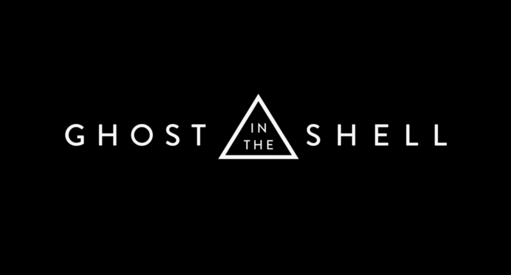During the first moments of Ghost in the Shell (abbreviated to GITS for convenience purposes), two of the main production companies listed in the opening credits are Asian-based (specifically in China): Shanghai Film Group Corporation and Huahua Media. I found this interesting specifically because the majority of the cast was non-Asian: Major Mira Killian was played by white American actress Scarlett Johansson, Batou was played by white Danish actor Pilou Asbæk, and the only main character to be played by an Asian person was Takeshi Kitano who played Chief Daisuke Aramaki — Kitano was also the only character to not speak English, only speaking in Japanese. Even though Kitano was the only Japanese character, all of the American/British sounding characters around him were clearly able to understand him but only spoke to him and each other in English.
The blatant white-washing in a presumably Asian setting (arguably either Hong Kong or Tokyo) set the movie up for failure because the movie quickly lost its message of defining what makes one human once Scar Jo came out on screen in some sort of skin-tight curve-accentuating outfit that left little to the imagination.
While the producers of the film did not completely ignore the idea of what makes one human, it was convoluted and confusing at best. Major continuously battles within herself (both figuratively and literally) of who she really is and how her past shapes who she has become — a cybernetic human creation of Dr. Ouelet’s. Also why was the doctor French? That was just confusing. I appreciated the internal struggle of Major’s though — finding her past was a huge part of the movie and showed the erasure of it by Ouelet’s hand and how that betrayal struck Major deeply as she had looked up to Ouelet as a mother-figure. Ouelet and Major’s relationship was strained at best, like many mother-daughter relationships, with Major reluctant to give Ouelet any snippet of emotion and Ouelet attempting to “protect” Major by not sharing her true past with her. In the end, Ouelet dies and Major is once again left without a mother in her life.
Major rarely shows any kind of emotional response throughout the film except for being angry at herself in the beginning of the film when she fails to save all of the important world leaders that are killed by a robot geisha. Towards the end of the film we begin to see Major break out of this robotic shell and begin to allow her human brain to comprehend emotions that she hadn’t thought she deserved being mostly robot. There are small things that Major does that makes her more human — sharing bits of her past with Batou, petting Batou’s stray pets, pushing Batou out of the way of an explosion by putting herself in direct harm of it — all of which tended to include Batou or someone else. I think the film was attempting to create a love interest between Batou and Major but it failed and didn’t do much but show the lack of chemistry between the actors.
But as the film continues we begin to see that Major did, indeed, have a past that she was involuntarily torn from — where she was a young runaway who had fallen in love with another runaway named Hideo. She learns that her name was Motoko and that the past Ouelet had programmed into her was false, a way of controlling Major further.
There was some interesting symbolism throughout the film, starting with one of the first shots we see of Major — a figure clad in black, standing atop a tall city building. I found this interesting because the color black is often related to darkness, or even the idea of evil but I felt that Major isn’t evil but potentially thinks of herself as such. She then strips of the long black coat off and is left in that white skin-tight catsuit, which seemed to be signifying a type of nakedness and showing more of her vulnerable humanity with the very human shape of her body.
Some classmates brought up the idea of how this 2017 film caused some erasure within the Asian and Asian American community by whitewashing and glomming all Asian ideologies together in the cultural hodge-podge that is GITS. I think there is some merit to that because the film was very vague on where the setting was and the fact that very few of the characters were Asian. The characters were mostly white and even the ones who weren’t white were stereotypes and caricatures — like the black character getting a liver-modification so he can drink more, insinuating his alcoholism.
The film painted POC in a stereotypical light for their respective cultures which can be harmful because it sets a precedence for other cultures to gain a false image of that culture. While Ghost in the Shell attempted to look at the complexities of what makes us each human and how our past plays into that, it fell short and continued to fall into harmful stereotypes and objectification of various Asian cultures.
